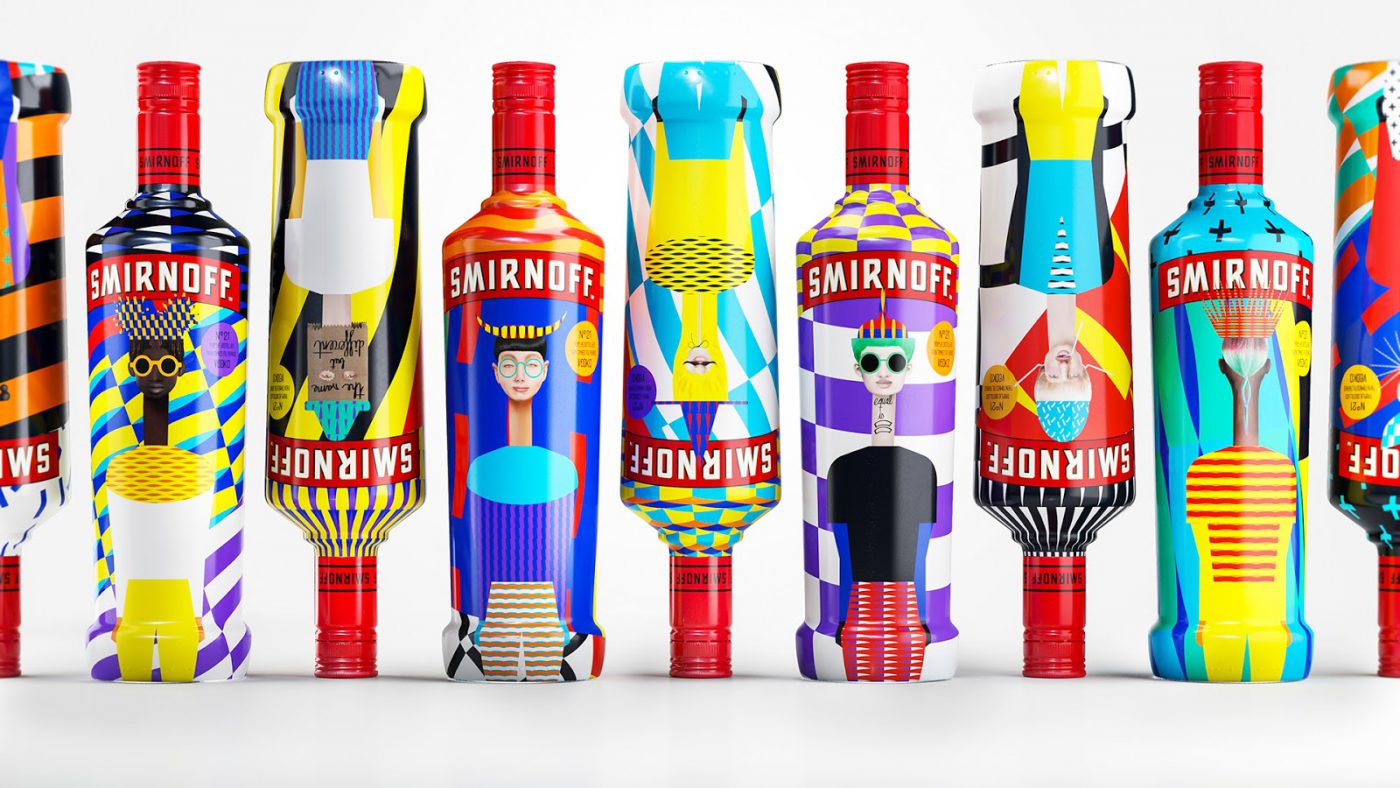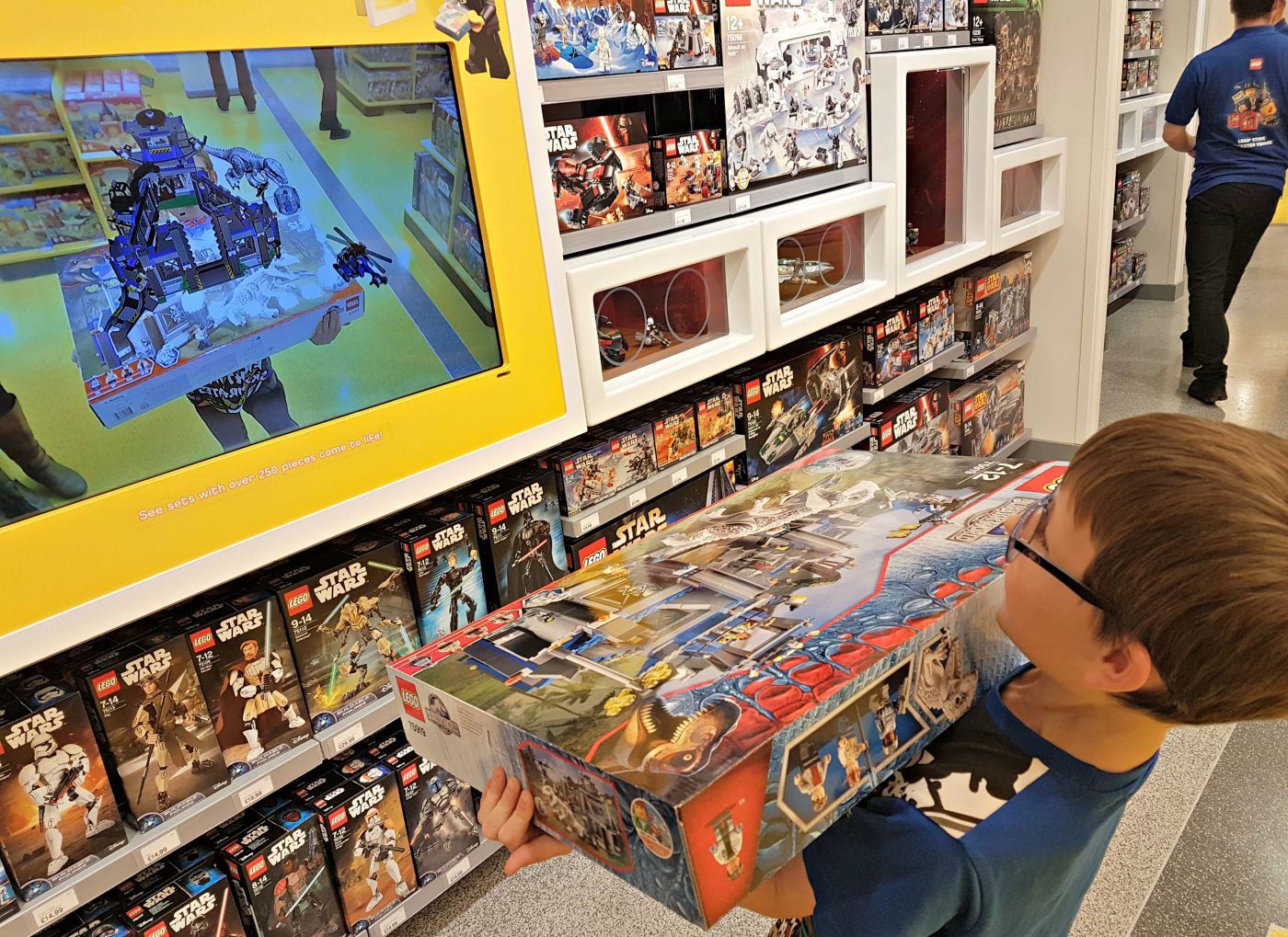Frustration
I remember the first time I saw one of my designs printed. It was a dubious looking London club flyer for legendary nightclub Heaven. It featured an alien scanned from some horror novel (and it did not look as awesome as it may sound). My first ‘big’ design was a Heineken pack for the European market. I was, of course, very proud (and so was mom). It was quite something to see my work plastered on billboards and on the shelf in the local store. As all designers know, it is a great feeling to see something you have worked on launched for all to see and admire. You get praise from (yes, mom) your friends, peers and of course the client (and if you are lucky, consumers). Once your pack design is out however, the rush quickly fades away, and then it’s on to the next design project. After years of experiencing the ebb of that initial excitement, I’ll share my hypothesized explanation.
Remembering the static designs from my early days, I felt pack design was just that, ‘a pack’, nothing more nothing less. Placed as a passive element in advertising communication, it was not ‘doing’ anything. This made me feel as if the role of packaging was massively undervalued. Countless times, myself and those around me wondered how we could evolve packaging to something that was not static, and active and alive. It made no sense for the point of contact with the consumer, to be one-dimensional and boring. Then, our world began to change…
Revolution
Little did we know what the impact of the iPhone would be when we saw it for the first time. Now 10 years later and almost all of us are shaping the digital landscape with our mobile interaction. Things that were once fantasy are now reality. Mobile, has become a connecter and an activator. Static graphics can be brought to life, and a quick scan can connect you to any digital platform. Print production has also evolved significantly giving us even more to play with. Technology provides us with countless ways to activate packaging and bring it to life. Here are two inspiring cases that I would like to share with you that do this well.

Randomization
First let’s have a look at the the limited edition bottle design for Smirnoff by the Yarza twins. On this project, designers collaborated with Hewlett-Packard. Through a randomized printing plugin, they created an infinite series of designs, featuring interchangeable diverse portraits of people, hats, patterns and bodies. The bottle design itself is beautifully designed, however the important takeaway here is that the packaging came alive through the designers’ engagement with printing technology and the client’s sensibility to embrace this new approach.
Static design can be great, but living design will give you goosebumps. The range of exquisite visuals on this scale is almost magical. It creates an excitement around the Smirnoff packaging experience that we have rarely felt before. The credit for this work is shared between all the experts whose diversity of perspectives came together in a shared vision.
Augmented Reality
Mobile can be used to enhance features on pack and communicate information that you would not be able to visualise in 2-D. A great example is Lego’s use of augmented reality. In the past, a Lego pack’s purpose was to show a picture of the final model. A few years back Lego introduced augmented reality as a sales tool. You scan a pack in store with a mobile device for a 3-D model to pop up. This is effective due to the fact that you can see the size of the model and how it’s put together, functional and fun! Lego has continued to engage with users through augmented reality beyond the pack. Using Apple’s updated ARKit 2, you will soon be able to combine real-world Lego buildings with digital landscapes, a bit like a modern-day Sims. From a box filled with plastic bricks to a multi-dimensional experience. How can you not love Lego?

Let The Good Times Roll
Brand packaging has entered an era of captivating new opportunities, with technological developments creating an opportunity for unlimited creativity when breathing life into the pack. Moving away from being the static design in the corner of an advertising poster, packaging inspires, arouses and interacts with an audience. It can finally be the star of the consumer’s journey: packaging is alive! Hooray!
Authored by Creative Director at CBA in New York, Rutger Thiellier.

